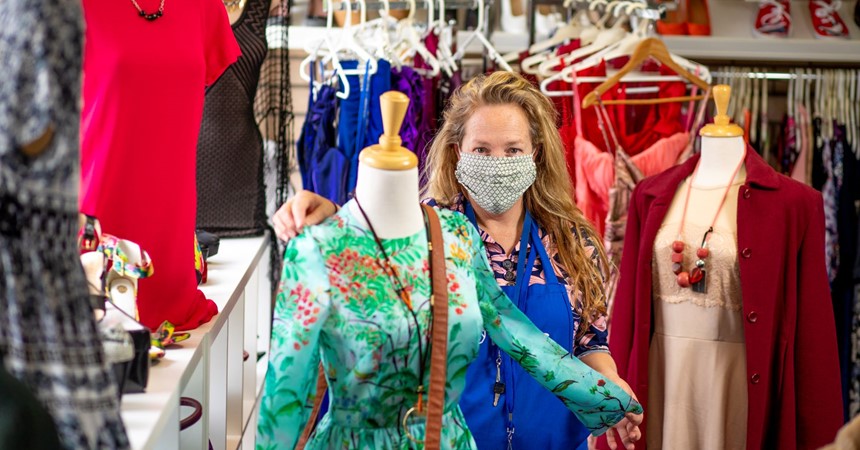But no lessons were learned. Between 2013 and 2018, British fashion brand Burberry burnt or destroyed more than $153 million worth of unsold clothing, perfumes and accessories rather than sell those items at a discount. Burberry opted against “devaluing” its brand – so much for its sustainable scarves – but other labels have multiple drops of new items each week, which encourages consumers to treat clothing as a perishable and easily disposable product.
Fashion is estimated to be a $3.5 trillion industry employing around 75 million people and its business model drives pollution to new levels. The fashion industry now accounts for 10 per cent of global pollution, second only to aviation as the world’s largest industrial polluter.
According to the Australian Style Institute, globally we are now consuming 80 billion new pieces of clothing every year — 400 per cent more than we were consuming just two decades ago. Australia is one of the biggest contributors to fashion pollution, only second to the US. We send 85 per cent of the textiles we buy to landfill every year, which equates to about 27 kilograms of new textiles per person per annum.
Newcastle-based Clare Van Doorn, St Vincent de Paul Regional Director – North East, says, much fast fashion is of poor quality, doesn’t last well and is often made by underpaid workers in developing countries.
“Australians are becoming increasingly aware of the downside of low-cost fast fashion,” says Ms Van Doorn. “The environmental impact is huge. More than half-a-million tonnes of throwaway clothing and leather items go to landfill each year, with many synthetics taking 200 years to break down.”
To keep costs down, brands outsource different links of their supply chains to countries with little or no worker protection. Labour rights abuses associated with fast fashion are widespread, particularly against women.
But sweatshops are not exclusive to low-wage countries. In 2014, the Textiles, Clothing and Footwear Union of Australia (TCFUA) reported many outworkers in this country were being paid below-award wages – often about $7 an hour and, in some cases, as little as $4. It was well below the then legal minimum of $17.49 an hour wage for a machinist. Many were working 12- hour to 15-hour days, seven days a week to make ends meet, according to the TCFUA.
Traditionally, designers created garments on a two-season-a-year basis – autumn/winter and spring/summer. In contrast, fast fashion has 52 micro seasons a year. It creates a “buy now or miss out” culture.
Pope Francis’s encyclical Laudato Si’ (‘Praise to you’) noted: “Since the market tends to promote extreme consumerism in an effort to sell its products, people can easily get caught up in a whirlwind of needless buying and spending.”
The Rana Plaza building housed production for 29 major brands. The US Department of Labor has reported evidence of forced labour and child labour in the fashion industry not only in Bangladesh, but also in Argentina, Brazil, China, India, Indonesia, The Philippines, Turkey and Vietnam.
Big-name brands have been “outed” in child labour and forced-labour scandals. In 2018, the Australian government introduced the Modern Slavery Act – legislation establishing a new supply chain reporting regime.
To counter fast fashion, consumers should engage in slower, more conscious consumption, and extend the use time of each garment through investment and care.
Thankfully it is starting to happen. Vinnies shops across the Maitland-Newcastle Diocese provide high-quality pre-loved clothing and household goods and Ms Van Doorn says business is “booming”.
“It’s like a treasure hunt,” she says. “You never know what unexpected treats await. People are now seeking better quality items, many from prestige brands that are affordable, because they’ve been passed on to charity shops like Vinnies.
“Pre-loved clothing, much of it classified as vintage or collectible, is a wonderful bargain and has the environmental benefit of reducing the volume of waste going to landfill.” And all funds generated from Vinnies sales are spent on helping local families and individuals struggling to pay high rents and buy food and other essentials.
“Our volunteers play a major role in the ‘sustainability movement’ by recycling, sorting, styling and selling these pre-loved treasures,” says Ms Van Doorn. “They love styling their shops to make items sell better.”






















































































